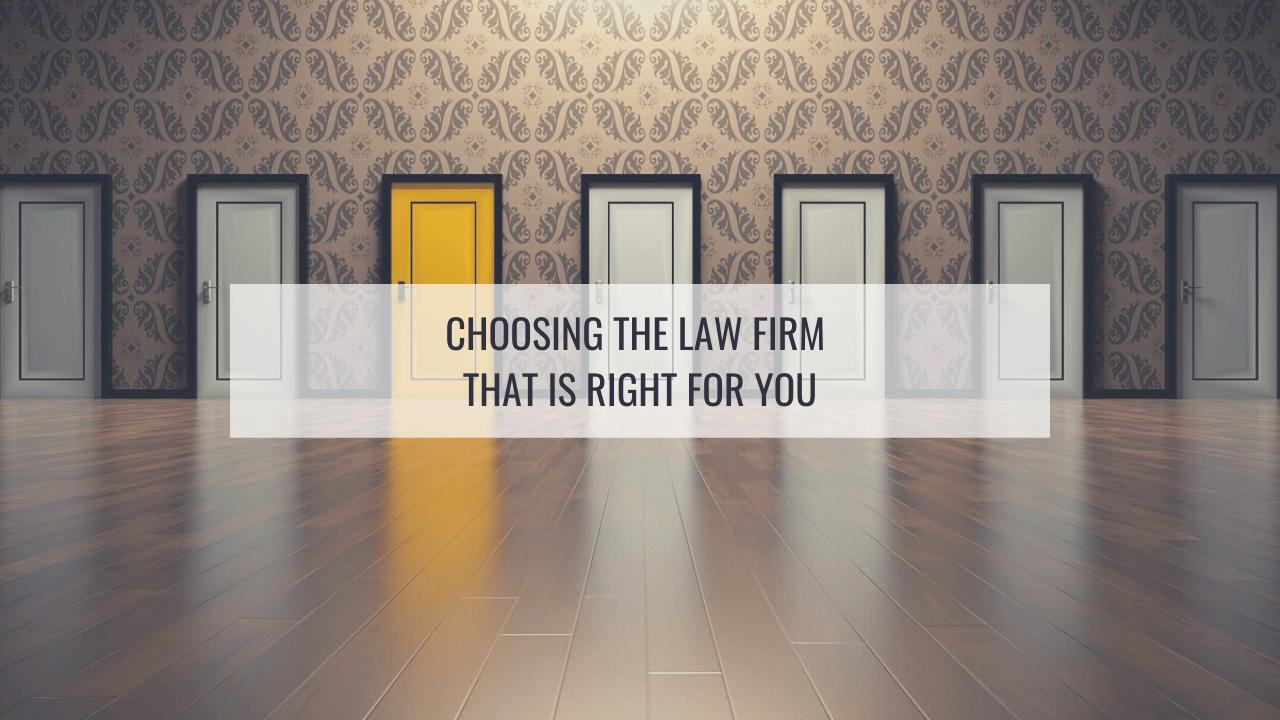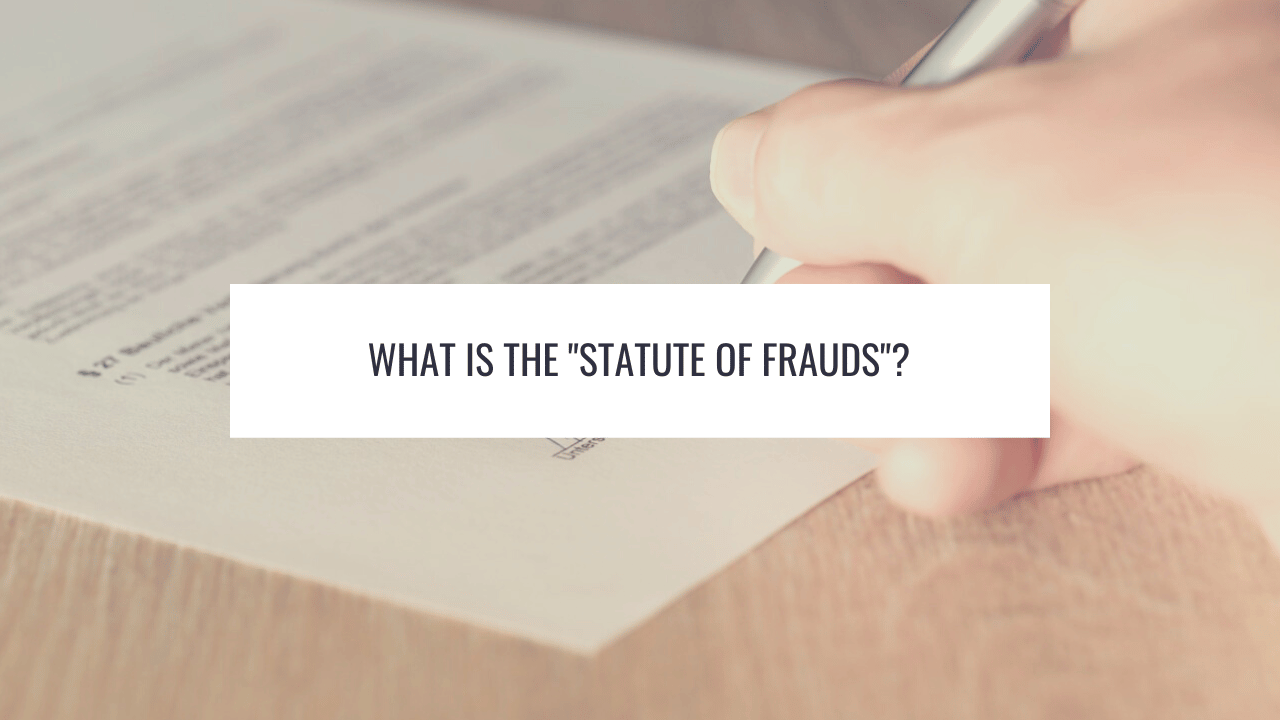Choosing the Law Firm that is Right for You
We’ve all seen the ads, whether its on television, the internet or even on the side of a bus. One or two smiling lawyers with a phone number that is easy to remember, perhaps a catchy jingle and the implicit promise of a large verdict. What these ads don’t promise is that your case will be handled by the smiling lawyer you see on television. As is the case with most large firms, the bulk of work will likely be handled by either a paralegal or a recently admitted attorney.
Now that is fine if you find yourself with a case that is without its problems and does not require any particular expertise aside from the ability to file paperwork on your behalf. Routine motor vehicle accidents involving muscular stains and soft tissue injuries are fine for these types of firms. But if you are seriously injured, you may want to consider a smaller firm. New York Insurance Law Section 5102(d) defines what is known as a “serious injury” in the context of a motor vehicle accident. Under the statute, a “serious injury” is essentially defined as death, dismemberment, significant disfigurement, fracture, loss of of a fetus, permanent loss or permanent consequential limitation of use of a body organ or member. Throughout my career, I have been involved in a number of cases that have been handled by large firms. Some are top notch, but many are not. Often I have found that the level of legal representation left something to be desired. At every court appearance, a new attorney would appear who was often unfamiliar with the fundamental facts of the case, and certainly unaware of what had transpired at the prior court appearance. An attorney-client relationship is special. When you go out looking for a lawyer, rely on your instincts and go with a lawyer you trust who will handle your case personally.
I’ve lost my case – What’s next?
Absent a settlement, the risks involved in litigation are considerable. Despite the merits of your case, you may find yourself on the losing end of a verdict, a decision or an order. Sometimes judges or juries make mistakes and you must make the decision on what to do when that happens. Depending on the circumstances, you have a few choices, particularly when it is a pre-trial motion. Assuming that it is a substantive matter, such as summary judgment, the first choice should always be a motion to renew or reargue the lower court’s decision. CPLR Section 2221 allows a motion affecting a prior motion. While there is a distinction between a motion to “renew” and a motion to “reargue”, the key point is that you are asking the judge to set aside his or her own decision. It’s not an easy thing to do and with a motion to “reargue”, you must establish that the judge essentially made a mistake. The mistake would have been the result of the judge’s failure to understand a significant fact or matter of law. And if you think that judges rarely reverse themselves, you are probably right. However, because of the costs involved in an appeal and the time required before the Appellate Division issues a decision, it is usually worth the effort. While there is no specific deadline on a motion to renew, a motion to reargue must be made within 30 days of service of the adverse order with notice of entry.
A “Notice of Appeal” could very well be the right choice, particularly if it is a dispositive motion dismissing your case and it is clear that the judge will not be swayed by a second set of motion papers. The first step is to discuss an appeal with your attorney and decide if you wish to use the same attorney, or if a new attorney would be the best course of action. Not all attorneys are familiar with appellate practice and you may wish to ask your attorney if he or she feels confident that they have the experience to handle the matter. Once that decision has been made, you will need to move quickly. CPLR 5513 requires that an appellant file a “Notice of Appeal” within 30 days of service of a copy of the decision or order. Once the Notice of Appeal has been filed, it will be up to your attorney to prepare the “Record on Appeal” and Appellate Brief and perfect the appeal. Appeals are expensive and the results are often unpredictable. You should at least entertain the possibility that your best decision would be to do nothing and accept the adverse results. It may be a bitter pill to swallow, but sometimes it is the right decision. But when the stakes are high and the decision is plainly wrong, you will need to set the record straight and pursue an appeal.




0